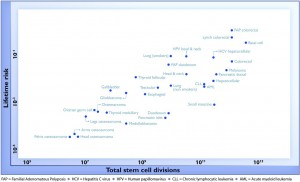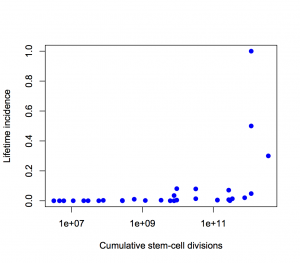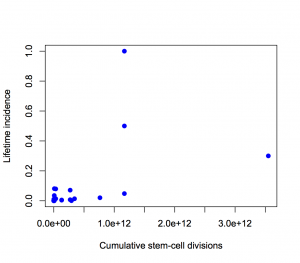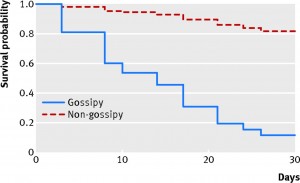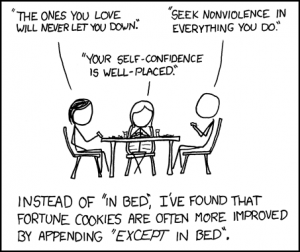Tracking medical results to their source
From the Herald
A study from the Garvan Institute in Australia demonstrates that a diet rich in coconut oil protects against ‘insulin resistance’ (an impaired ability of cells to respond to insulin) in muscle and fat and avoids the accumulation of body fat caused by other high fat diets.
Suppose we wanted to find this study and see what it really demonstrates. There’s not a lot to go on, but the Google knows all and sees all. When you have more information — researcher names, journal names, words from the title of the paper — Google Scholar is the best bet (as Jeff Leek explains here). With just “Garvan Institute coconut oil”, Google Scholar isn’t very helpful.
However, since this study is popular among coconut lobbyists, an ordinary Google search does quite well. For me, the top hit is a press release from the Garvan Institute. The press release begins
A new study in animals demonstrates that a diet rich in coconut oil protects against ‘insulin resistance’ (an impaired ability of cells to respond to insulin) in muscle and fat. The diet also avoids the accumulation of body fat caused by other high fat diets of similar calorie content. Together these findings are important because obesity and insulin resistance are major factors leading to the development of Type 2 diabetes.
I’ve highlighted two key phrases: this was an animal study, and the coconut oil diet did well compared to another high fat, high calorie diet.
What’s more, the Garvan press release links to the research paper. The abstract is open-access; here are two quotes from it
Mice fed the MCFA diet displayed reduced adiposity and better glucose tolerance than LCFA-fed animals.
In rats, isocaloric feeding of MCFA or LCFA HF diets induced hepatic insulin resistance to a similar degree, however insulin action was preserved at the level of LF controls in muscle and adipose from MCFA-fed animals.
That is, in mice, coconut oil was better than the same amount of lard (though not as good as a low-fat diet); in rats coconut oil was as bad as lard on one measure of insulin resistance, but was comparable to the low-fat diet on another measure.
If the results translated to humans, this would show a diet high in coconut oil was better for insulin resistance than one high in animal fat, but worse than a low-fat diet.
